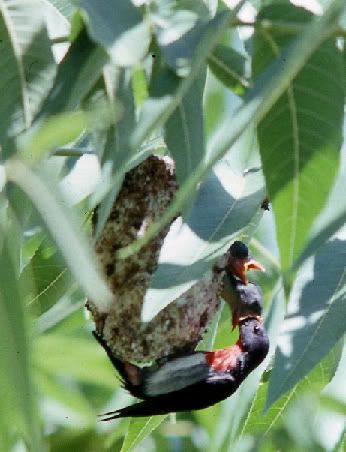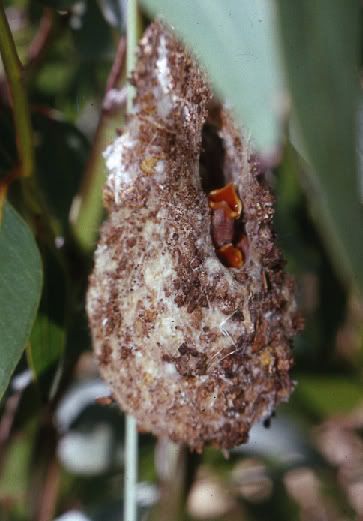“The National Environment Centre is a specialist TAFE College, part of the Riverina Institute of TAFE. This campus includes a 190 hectare certified organic farm, which is run on agro-ecology principles. “ NEC Organic Farm
This is where I went yesterday. They have been operating since 1997 on crap soil and have been improving it ever since with their agro-ecology practices.
They strive to develop a farming practice that will cope with uncertainty and change. One of the uncertainties is climate change. The only thing they are certain about is that there is noting certain about the effects of climate change. An observable fact is that the “border line” to the west where evaporation rate exceeds rainfall is moving east and closer to the farm. When the land was undisturbed any rain would slowly drain off aver about a month, allowing it to soak into the soil, but now we might get twice as much rain but it drains off in a matter of days and the soil remains dry. To capture this water in dams in impractical as much would be lost in evaporation. They therefore use techniques to slow down the water runoff allowing it to soak into the soil and be held there. The soil’s capacity to hold moisture is directly related to the amount of carbon in the soil so there is a two fold approach. First to slow the water and secondly to increase the carbon in the soil. They slow the water by having rough paddocks. Conventional farming practices tend to smooth and flatten paddocks but they started by ripping furrows along the contours. Initially the soil was so poor that their “deep ripping” was only a few centimetres deep. Any more and the soil type would have meant serious erosion. The swales were built to catch the water that got past the furrows which further slowed down the runoff, and they directed the water into leaky dams – a series off small dams designed to leak, not hold, water very slowly. Eventually any water remaining ended out into a dam which they pumped to the top of the hill with a solar powered pump and this gravity fed into the stock troughs.
more to come….

